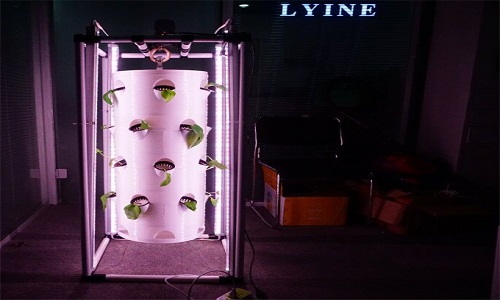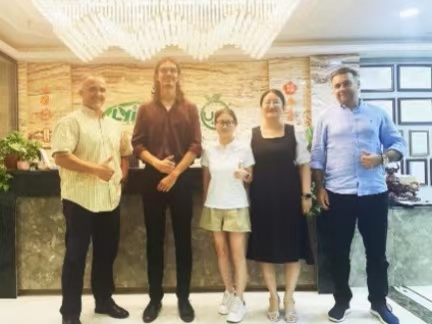Like other countries in the Middle East, Oman has a dry climate with high temperatures for most of the year. The climate is tropical desert climate except for the mountains in the northeast. There are two seasons throughout the year, with May to October being the hot season, with temperatures reaching over 40 ℃; November to April of the following year is the cool season, with a temperature of approximately 24 ℃. The average annual precipitation is 130 millimeters. In such a climate, the development of agriculture in Oman, as we imagine, must be slow, but this is not the case.
In order to accelerate agricultural development, Oman places special emphasis on the application of technology in agriculture. There is an advanced hydroponic indoor farm built in Oman, which is an advanced soilless agriculture that allows crops to grow in water instead of soil. In this technology, plant roots are immersed in water containing all the nutrients they need.
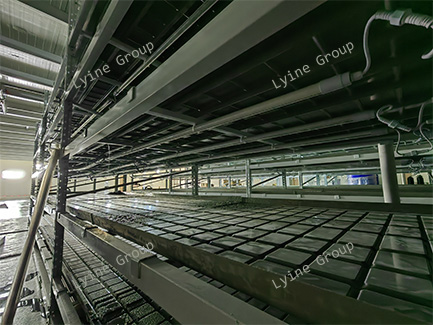
Oman's hydroponic indoor farm covers an area of 4200 square meters and uses the EBB and flow table system. It is divided into several major areas, including offices, control areas, and planting areas. The hydroponic equipment inside is an automated hydroponic system, which can control lighting, water intake, drainage, and ventilation systems through touch screen panel control. Automated control systems can greatly save labor costs.
Advantages of indoor farms:
1. Breaking the limitations of agricultural development in areas with scarce water and soil resources. Indoor farms adopt soilless cultivation techniques, allowing agricultural production even in areas with scarce land resources. In addition, soilless planting equipment is equipped with water circulation control systems, which can save 90% of water waste compared to traditional soil planting.
2. Enriched the off-season market supply of vegetables, fruits, and vegetables, such as leafy vegetables, are relatively inconvenient to store. In order to meet market demand, annual production is necessary. Traditional soil cultivation methods are cumbersome and labor-intensive, making soilless cultivation much simpler. Planting, planting, harvesting, and uninterrupted production can be carried out at any time throughout the year.
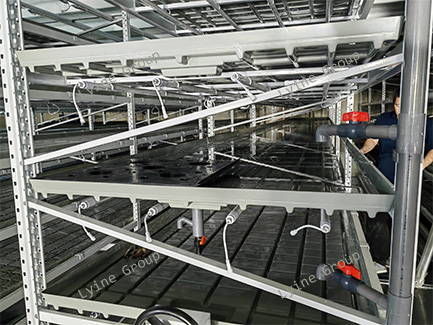
3. Maximize the use of space. Hydroponic indoor farms are a vertical planting mode that requires much less space than soil cultivation, improving space utilization efficiency.
4. Product quality. Leaf vegetables often consume the stems and leaves of plants, and leafy vegetables such as lettuce and chicory are mainly eaten raw, which requires the products to be fresh, clean, and pollution-free. Soil cultivated vegetables are prone to contamination and dirt, making them inconvenient to clean. However, hydroponic leafy vegetables are similar to soil cultivated leafy vegetables in terms of quality, cleanliness, freshness, good taste, and superior quality.
There are various types of vertical farming, and different hydroponic crops can be planted according to the different types of hydroponic equipment equipped inside. Each crop has different adaptability in indoor farms and can be selected according to needs. Developing hydroponic indoor farms in Oman can maximize the utilization of soilless cultivation.



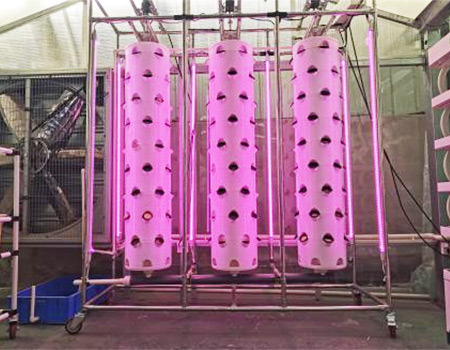
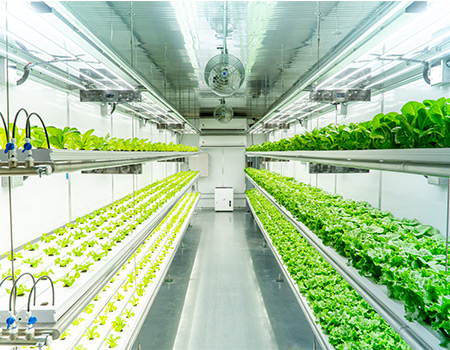
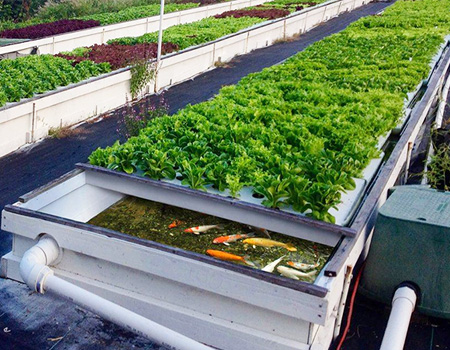
.jpg)
